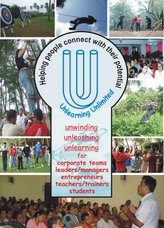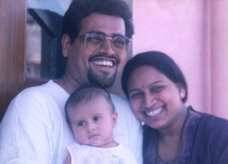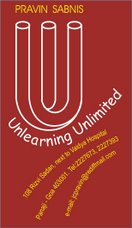Goa Sudharop, the Goan Diaspora Volunteer organisation, hosted an
International Goan Youth Convention on the theme ‘Our Roots, Our Future’. The President
of Goa Sudharop, George Pinto set the tone for the convention by sharing MAT:
an acronym for Memory, Action and Truth.
‘Memory’ is about knowing one’s
roots. To empower our understanding of the multiple layers in our own psyche,
we must know where we come from. Being rootless makes us aimless or off-target
visionaries.
‘Action’ is about not just
being good, but being good ‘for something'. So often, so many of us are busy ‘about
nothing’. Trivial pursuits or mundane motivations deny us our own potential to
trigger positive transformations by involving in proactive volunteerism.
‘Truth’ refers to the courage
of standing up to what one knows is right. It is said so well that those, who
do not stand for something, will fall for anything. Integrity is a value but it
cannot be an occasional emotion. Truth merits adherence at all times
MAT is a lighthouse template that
shows us the way to be worthy as human beings living in an interdependent
world. We must seek to be better at connecting to the maze of memory, apt actions
and align with the truth.
MAT shows the best way
To BE BETTER every day!
- Pravin K. Sabnis



